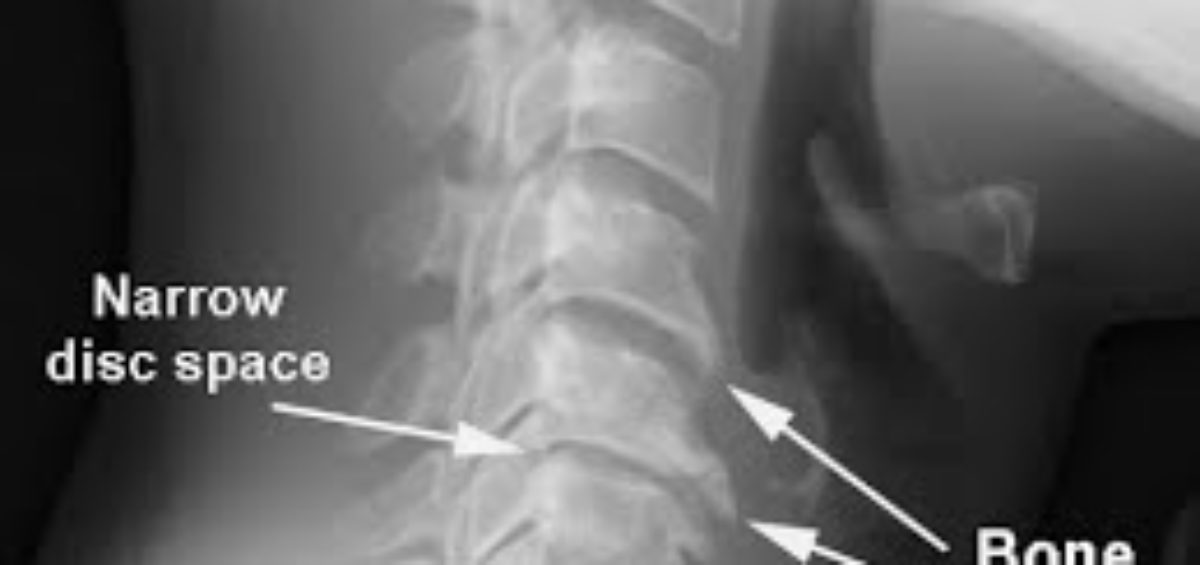Doctatoc – Expert Toc on Spondylosis and its preventive measures by Dr. Sunil Kutty. _______________________ Hello, Today i am here to discuss with you a very important topic, Spondylosis. A topic which we all talk about with something in term which is there in during common talks, even we are sitting with friends there isRead more
Blog
Doctatoc – Expert Toc on Prolapsed intervertebral disc or disc collapse by Dr. Sunil Kutty. Hi, I am Dr. Sunil Kutty, I work as a Consultant neurosurgeon at Apollo hospital Navi Mumbai. Today i am here to discuss about Prolapsed intervertebral disc or disc collapse in simple words . disc collapse is something which manyRead more




